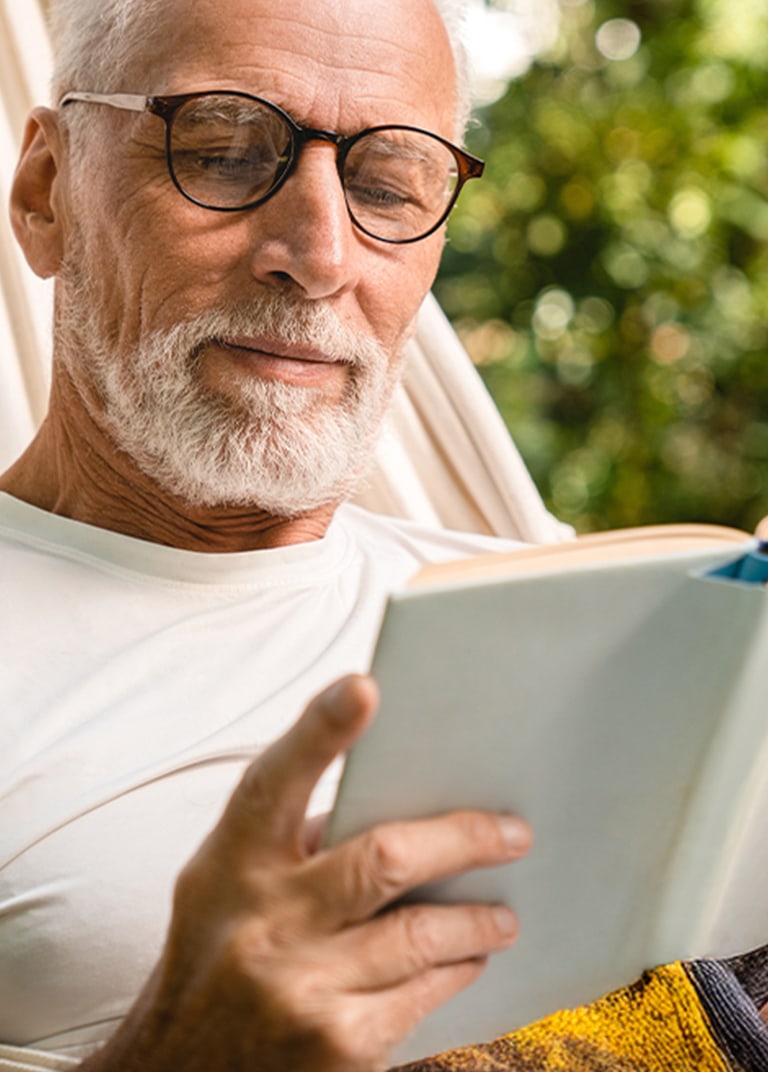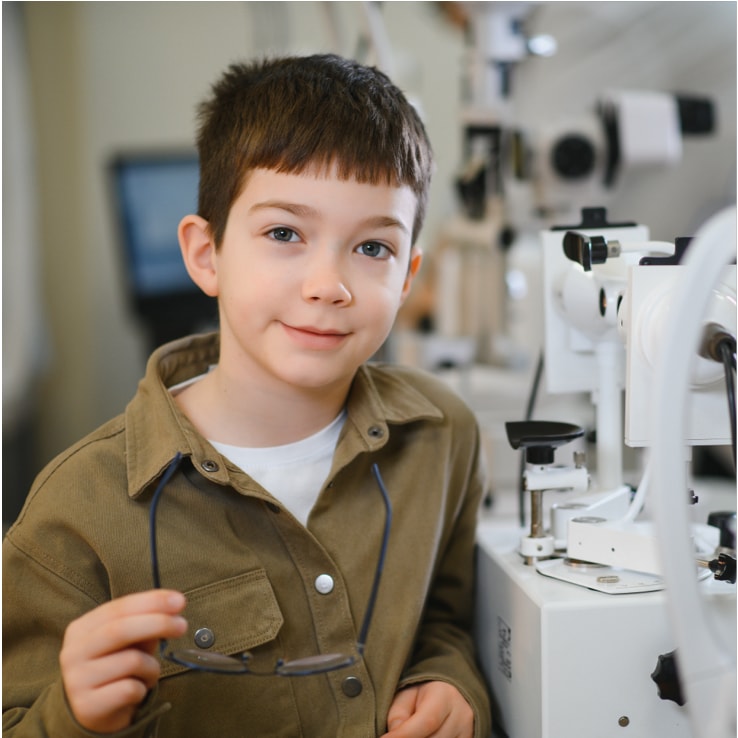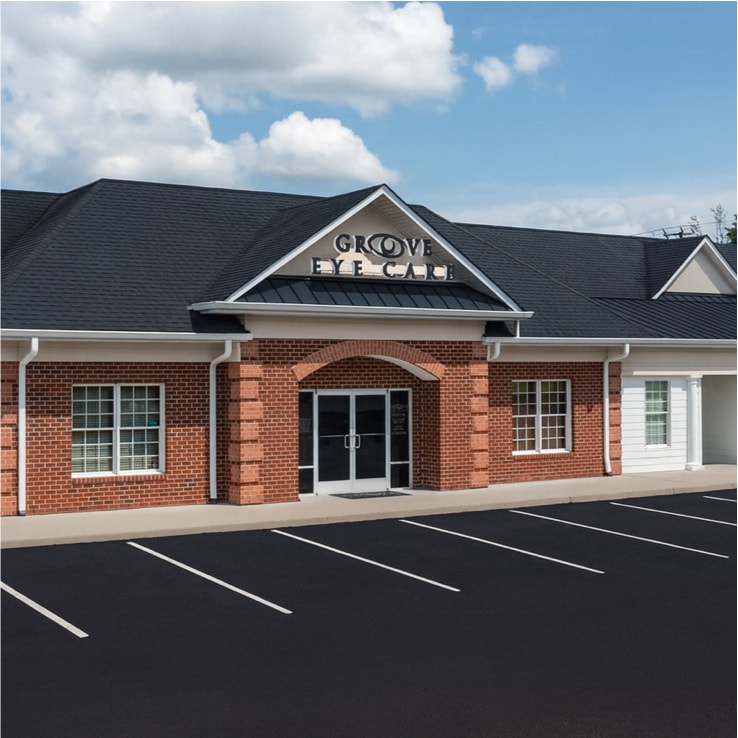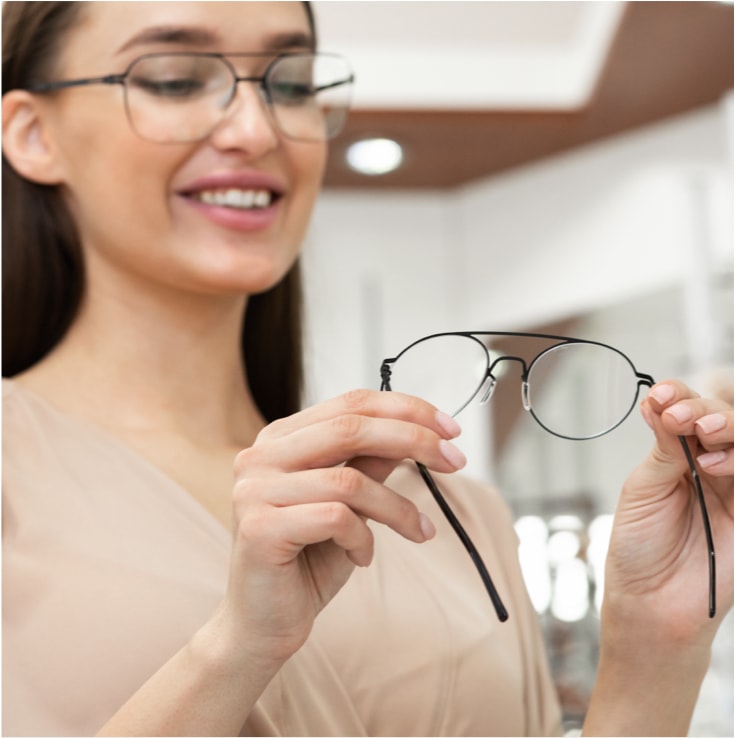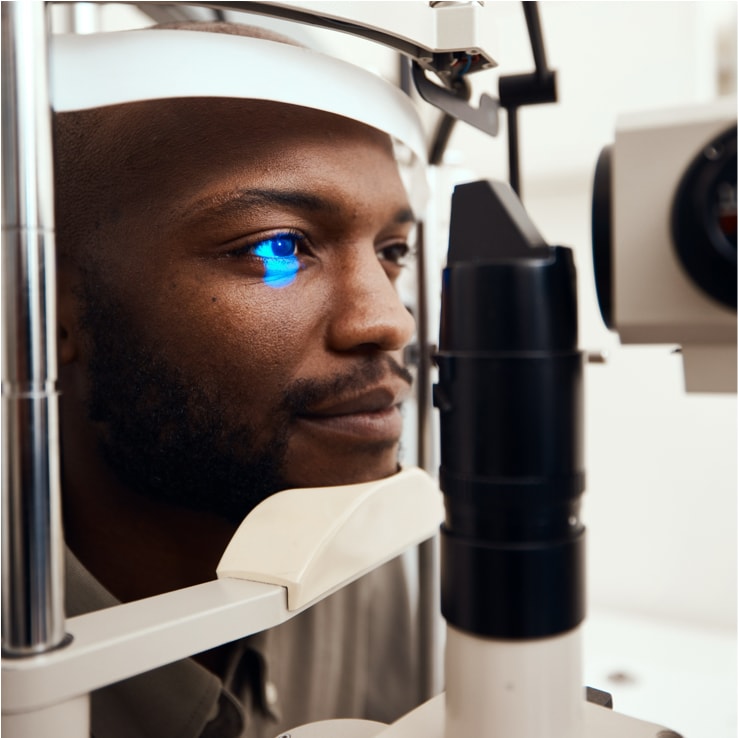
Empowering Your Vision, Enhancing Your Life
Vision loss can be life-changing, but it doesn’t have to limit your independence. With the right tools and support, many people with low vision can continue doing the things they love, from reading and cooking to navigating daily life with confidence.
Grove Eye Care offers personalized low vision assessments and a wide range of in-office demos so that you can try out magnifiers, lighting options, Eyedaptic devices, Chemistrie Clips, bioptic glasses, and more.
Get the support you need with our low vision services. Contact us to schedule your low vision exam today.
Request Appointment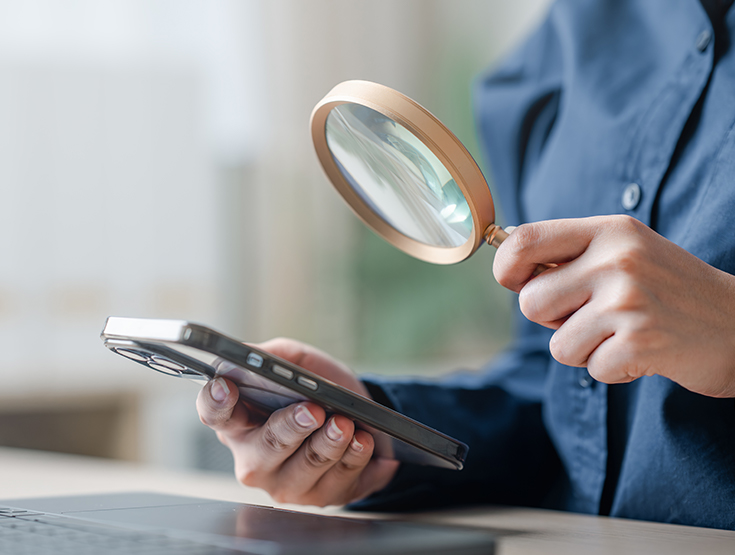
What Is Low Vision?
Low vision refers to a significant loss of sight that cannot be fully corrected with glasses, contact lenses, medication, or surgery. Our low vision exams, also called functional vision assessments, evaluate how you use your vision in everyday activities and identify the best aids to enhance your quality of life.
These evaluations help us tailor practical, real-world solutions that support your independence and personal goals.
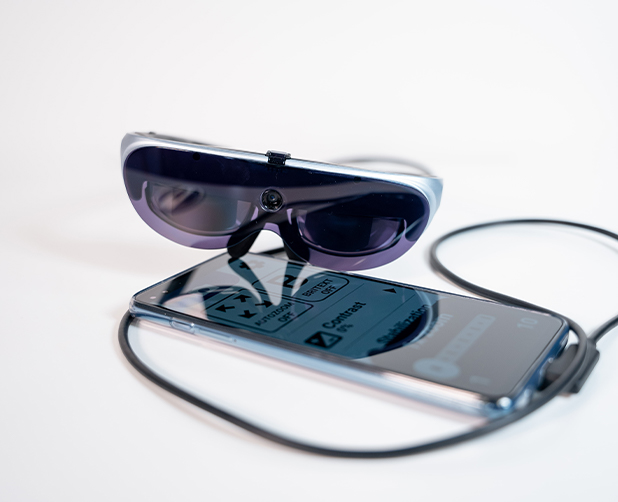

Common Conditions That Benefit From Low Vision Care
We provide specialized care for those affected by:
- Macular degeneration
- Diabetic retinopathy
- Cataracts
- Glaucoma
- Optic nerve atrophy
- Retinal detachment
- Vision loss due to stroke
If you experience challenges such as difficulty reading small print, blurred distance vision, glare sensitivity, or trouble with tasks like cooking, walking, or driving, even with your current glasses, we are here to help.

Our Low Vision Devices & Technology
We offer a wide variety of low vision aids and encourage patients to experience these devices in person at our office. Some options include:
- Eyedaptic device: Special glasses that help improve distance vision
- Bioptic glasses: Support driving vision for patients who qualify
- Magnifiers and optical devices: Various magnifying glasses, telescopes, and clip-on aids tailored to your needs.
- Color deficiency solutions: Chemistrie clips and color deficiency contact lenses are designed to improve color perception.
- Electronic aids: Software and devices that adjust screen size, contrast, and font to make computer use easier.
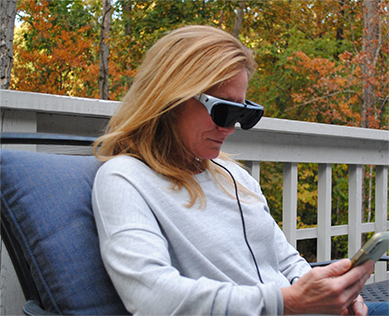
Living Well with Low Vision
With the right devices and support, many patients continue to enjoy work, hobbies, cooking, and even driving safely. Our low-vision specialists work closely with you to create a personalized plan tailored to your lifestyle.
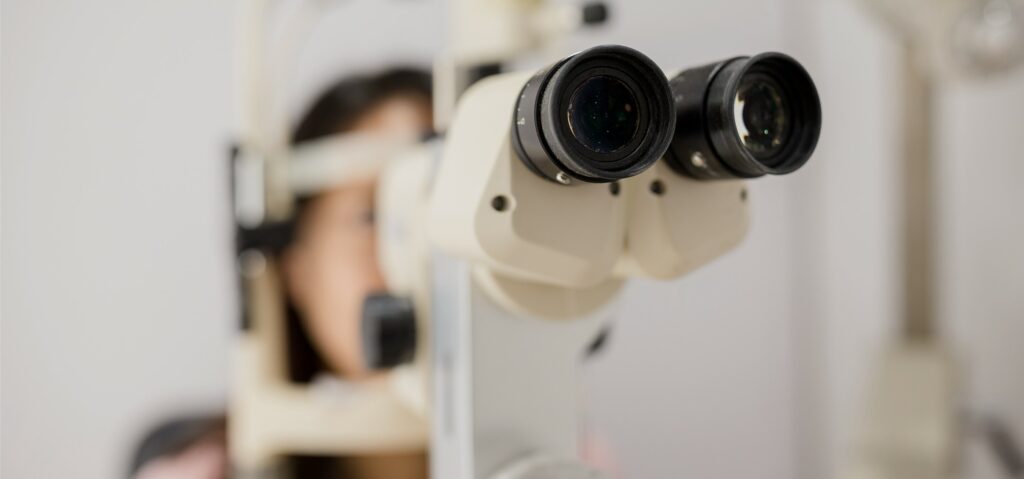
Richmond
Our Address
- 3601 Grove Ave
- Richmond, VA 23221
Contact Information
- 804-353-3937
- 804-358-1395
- frontdesk@groveeyecare.com
Hours of Operation
Midlothian
Our Address
- 14431 Sommerville Ct, Suite B
- Midlothian, VA 23113
Contact Information
- 804-888-8998
- 804-888-8999
- frontdesk@groveeyecare.com
Hours of Operation

What Our Patients are Saying
Wonderful experience from my initial call through to making my next appointment! The office team are friendly, professional, efficient, and kind. Dr. Deese took the time to listen to my concerns, examine my eye, explain my treatment plan and answer any questions. He is super personable and clearly very knowledgeable. I highly recommend the practice!
Michele
I’ve been coming here for a few years, but my former eye doctor retired last year, so my most recent appointment was with Dr. Wong. He was very thorough. I appreciated him indulging all my questions about the purpose of each machine, as well as, how different parts of the eye function. Great, seamless appointment.
Peighton
Dr Parsons is delightful. I’ve been going to Grove Eye Care for many years and when my doctor retired I was thinking maybe I’d look for someone closer to my home. But after meeting her and her caring professional team, I decided to stay…and am very happy I did!
Kathie
Dr. Parsons has been taking care of me and my family for years. The staff is amazing and very welcoming every time that I visit. They have state of the art equipment and technology. Dr. Parsons takes the time to thoroughly examine my eyes and she explains what she is doing step by step. The entire office is very clean and the environment is awesome!
Chaz
Top Notch! I had very nice experience. All the staff were very professional. My appointment on time. I was treated with the upmost of care and respect. All the care I was given was explained step by step not just of tests, but the why they were being done. My doctor made sure I understood the purpose of my whole exam. I was blown away by the attention I received. I appreciate their care.
Johnie
This was my first visit to your office. Everyone was helpful, polite positive and seem to enjoy their jobs. The girls at the front desk were fantastic. One even let me borrow her air pump to pump up my motorcycle tire. The doctor and the assistant eye specialist were excellent. Everything was explained to me and done in a professional manner.
Steven


